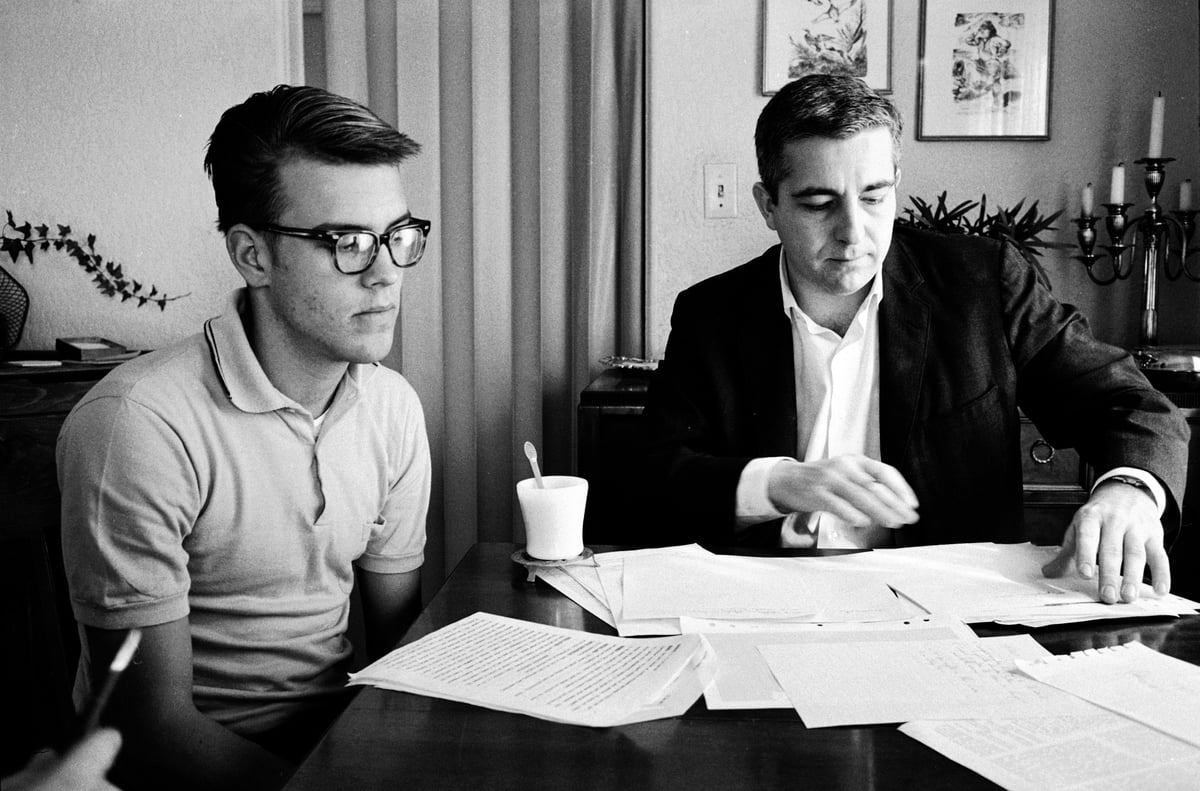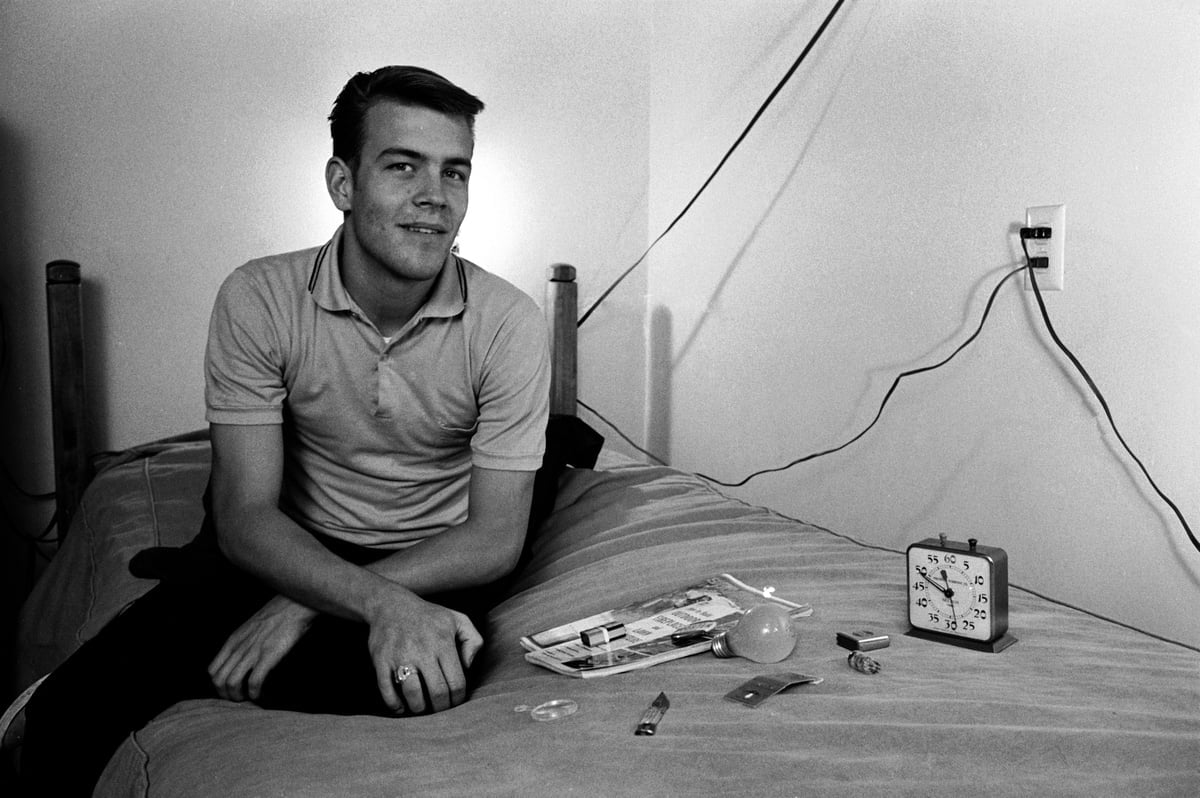
It took two days for the effects of not getting a single second of sleep to begin to surface in 17-year-old Randy Gardner.
First, it was his sight and sense of touch. His eyes started struggling to focus and his hands weren’t as easily identifying objects.
But with all the bravado of a typical teenage boy, Randy would continue to stay awake for an additional nine days.
He was intent on smashing the world record for the longest time spent without sleep. And at 2am on January 8, 1964, he did exactly that, beating the current one by four hours. In total, he shunned sleep for 264.4 hours – or 11 days and 24 minutes. And he did it without any stimulants other than the odd can of Coca-Cola.
Randy shot to global fame, his experiment shedding rare light on what happens to our bodies when we stop sleeping.
And it all began because two teenage boys, who were a little bored during Christmas break, decided they wanted to win a local science competition.
Watch: How to sleep again in four simple steps. Post continues after video.


Top Comments